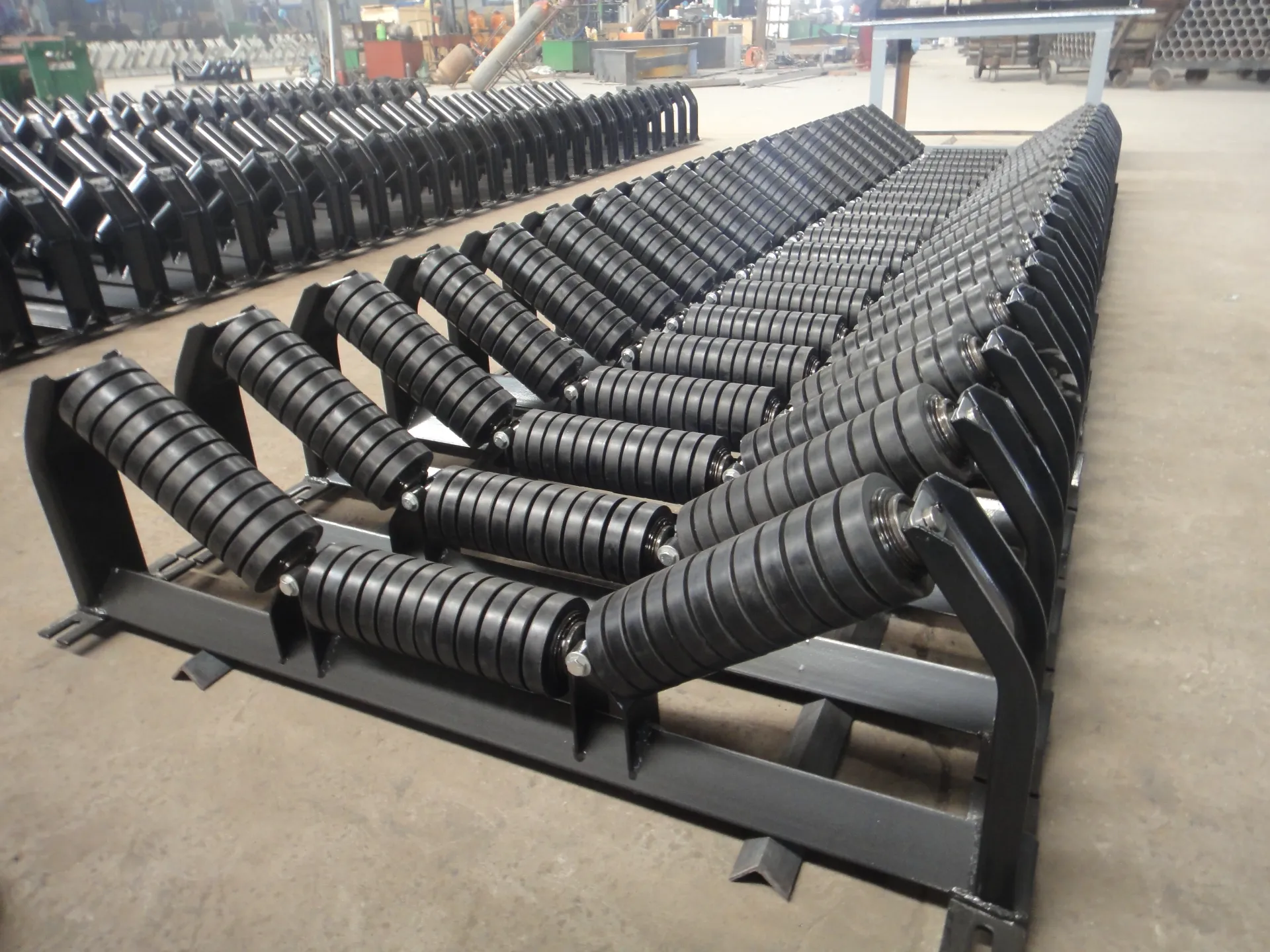 Afrikaans
Afrikaans  Albanian
Albanian  Amharic
Amharic  Arabic
Arabic  Armenian
Armenian  Azerbaijani
Azerbaijani  Basque
Basque  Belarusian
Belarusian  Bengali
Bengali  Bosnian
Bosnian  Bulgarian
Bulgarian  Catalan
Catalan  Cebuano
Cebuano  Corsican
Corsican  Croatian
Croatian  Czech
Czech  Danish
Danish  Dutch
Dutch  English
English  Esperanto
Esperanto  Estonian
Estonian  Finnish
Finnish  French
French  Frisian
Frisian  Galician
Galician  Georgian
Georgian  German
German  Greek
Greek  Gujarati
Gujarati  Haitian Creole
Haitian Creole  hausa
hausa  hawaiian
hawaiian  Hebrew
Hebrew  Hindi
Hindi  Miao
Miao  Hungarian
Hungarian  Icelandic
Icelandic  igbo
igbo  Indonesian
Indonesian  irish
irish  Italian
Italian  Japanese
Japanese  Javanese
Javanese  Kannada
Kannada  kazakh
kazakh  Khmer
Khmer  Rwandese
Rwandese  Korean
Korean  Kurdish
Kurdish  Kyrgyz
Kyrgyz  Lao
Lao  Latin
Latin  Latvian
Latvian  Lithuanian
Lithuanian  Luxembourgish
Luxembourgish  Macedonian
Macedonian  Malgashi
Malgashi  Malay
Malay  Malayalam
Malayalam  Maltese
Maltese  Maori
Maori  Marathi
Marathi  Mongolian
Mongolian  Myanmar
Myanmar  Nepali
Nepali  Norwegian
Norwegian  Norwegian
Norwegian  Occitan
Occitan  Pashto
Pashto  Persian
Persian  Polish
Polish  Portuguese
Portuguese  Punjabi
Punjabi  Romanian
Romanian  Russian
Russian  Samoan
Samoan  Scottish Gaelic
Scottish Gaelic  Serbian
Serbian  Sesotho
Sesotho  Shona
Shona  Sindhi
Sindhi  Sinhala
Sinhala  Slovak
Slovak  Slovenian
Slovenian  Somali
Somali  Spanish
Spanish  Sundanese
Sundanese  Swahili
Swahili  Swedish
Swedish  Tagalog
Tagalog  Tajik
Tajik  Tamil
Tamil  Tatar
Tatar  Telugu
Telugu  Thai
Thai  Turkish
Turkish  Turkmen
Turkmen  Ukrainian
Ukrainian  Urdu
Urdu  Uighur
Uighur  Uzbek
Uzbek  Vietnamese
Vietnamese  Welsh
Welsh  Bantu
Bantu  Yiddish
Yiddish  Yoruba
Yoruba  Zulu
Zulu Jan . 20, 2025 15:17
Back to list
Belt Conveyor Impact Idler
In the intricate world of material handling, belt conveyor idlers emerge as silent heroes, tirelessly ensuring the seamless movement of cargo across industries. Their seemingly simple construction belies a sophisticated design that plays a pivotal role in optimizing conveyor belt operations. Understanding the nuanced importance of belt conveyor idlers positions companies to enhance operational efficiency and deliver superior performance in dynamic industrial landscapes.
Transition idlers, another essential variant, serve to reduce the transition distance between the conveyor pulleys and the belt. By creating a smoother transitional area, these idlers minimize belt flexing and elevate the belt’s performance metrics. Manufacturers focus on engineering belt conveyor idlers to offer exceptional longevity, utilizing robust materials and innovative designs. The materials employed in constructing idlers are often corrosion-resistant, ensuring that they function optimally even in the most demanding environments, such as those with extreme temperatures or abrasive materials. Improvements in sealing systems for idlers have further enhanced their durability by protecting bearings from dust and moisture ingress. Incorporating advanced idler designs with features like self-lubricating bearings and impact-resistant construction stands to transform the efficiency of conveyor systems. Such designs reduce maintenance requisites and unplanned outage times, translating into enhanced productivity and business benefits for industries reliant on consistent and reliable material handling solutions. Choosing the right idler not only fosters operational efficiency but also highlights a commitment to safety and quality. Industries ranging from mining to manufacturing underscore this investment's necessity, ensuring that belt conveyor systems operate seamlessly and sustainably. Yet, while the technical specifications of idlers are imperative, their quality assurance underpins the operational success of conveyor systems. Reputable manufacturers adhere to stringent quality standards, providing products that meet and exceed industry benchmarks for endurance and performance. In sum, belt conveyor idlers are beyond essential—they are the backbone of a robust conveyor system, pivotal in driving the efficiency and longevity of extensive material handling operations. Understanding their significance and selecting the appropriate idlers lays the groundwork for achieving operational excellence, ensuring that industries meet their logistical goals with precision and reliability.


Transition idlers, another essential variant, serve to reduce the transition distance between the conveyor pulleys and the belt. By creating a smoother transitional area, these idlers minimize belt flexing and elevate the belt’s performance metrics. Manufacturers focus on engineering belt conveyor idlers to offer exceptional longevity, utilizing robust materials and innovative designs. The materials employed in constructing idlers are often corrosion-resistant, ensuring that they function optimally even in the most demanding environments, such as those with extreme temperatures or abrasive materials. Improvements in sealing systems for idlers have further enhanced their durability by protecting bearings from dust and moisture ingress. Incorporating advanced idler designs with features like self-lubricating bearings and impact-resistant construction stands to transform the efficiency of conveyor systems. Such designs reduce maintenance requisites and unplanned outage times, translating into enhanced productivity and business benefits for industries reliant on consistent and reliable material handling solutions. Choosing the right idler not only fosters operational efficiency but also highlights a commitment to safety and quality. Industries ranging from mining to manufacturing underscore this investment's necessity, ensuring that belt conveyor systems operate seamlessly and sustainably. Yet, while the technical specifications of idlers are imperative, their quality assurance underpins the operational success of conveyor systems. Reputable manufacturers adhere to stringent quality standards, providing products that meet and exceed industry benchmarks for endurance and performance. In sum, belt conveyor idlers are beyond essential—they are the backbone of a robust conveyor system, pivotal in driving the efficiency and longevity of extensive material handling operations. Understanding their significance and selecting the appropriate idlers lays the groundwork for achieving operational excellence, ensuring that industries meet their logistical goals with precision and reliability.
Next:
Latest news
-
Revolutionizing Conveyor Reliability with Advanced Rubber Lagging PulleysNewsJul.22,2025
-
Powering Precision and Durability with Expert Manufacturers of Conveyor ComponentsNewsJul.22,2025
-
Optimizing Conveyor Systems with Advanced Conveyor AccessoriesNewsJul.22,2025
-
Maximize Conveyor Efficiency with Quality Conveyor Idler PulleysNewsJul.22,2025
-
Future-Proof Your Conveyor System with High-Performance Polyurethane RollerNewsJul.22,2025
-
Driving Efficiency Forward with Quality Idlers and RollersNewsJul.22,2025
OUR PRODUCTS





























